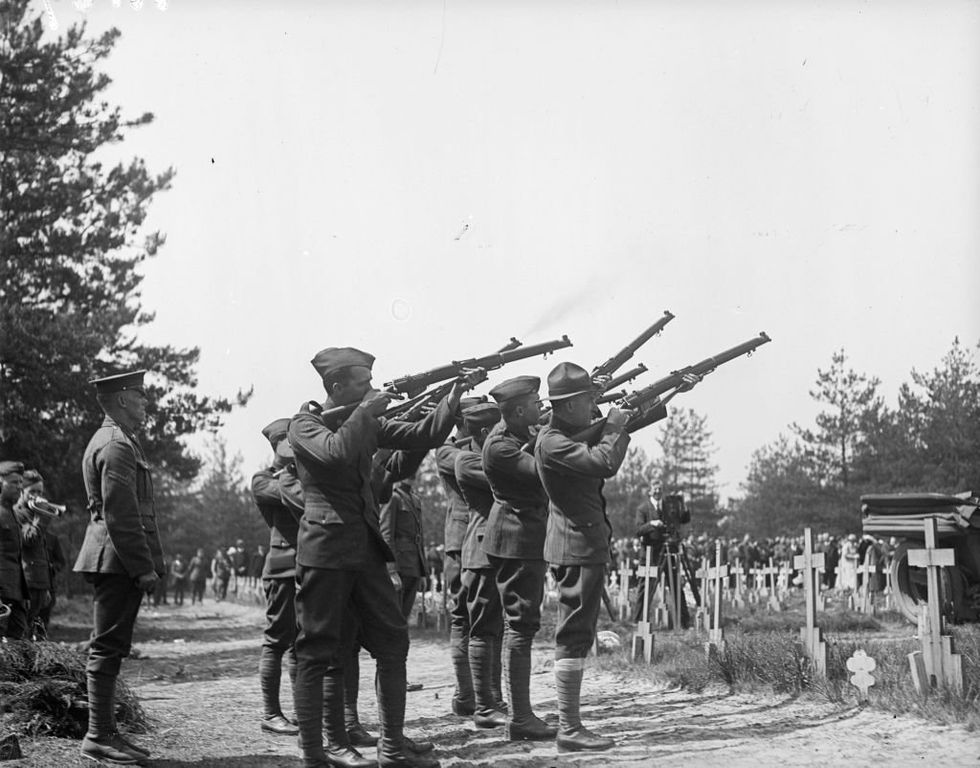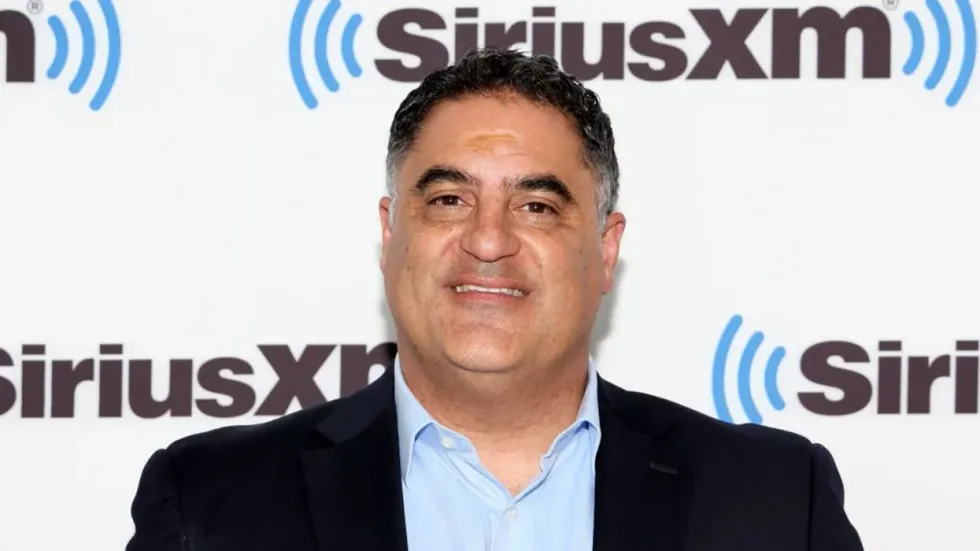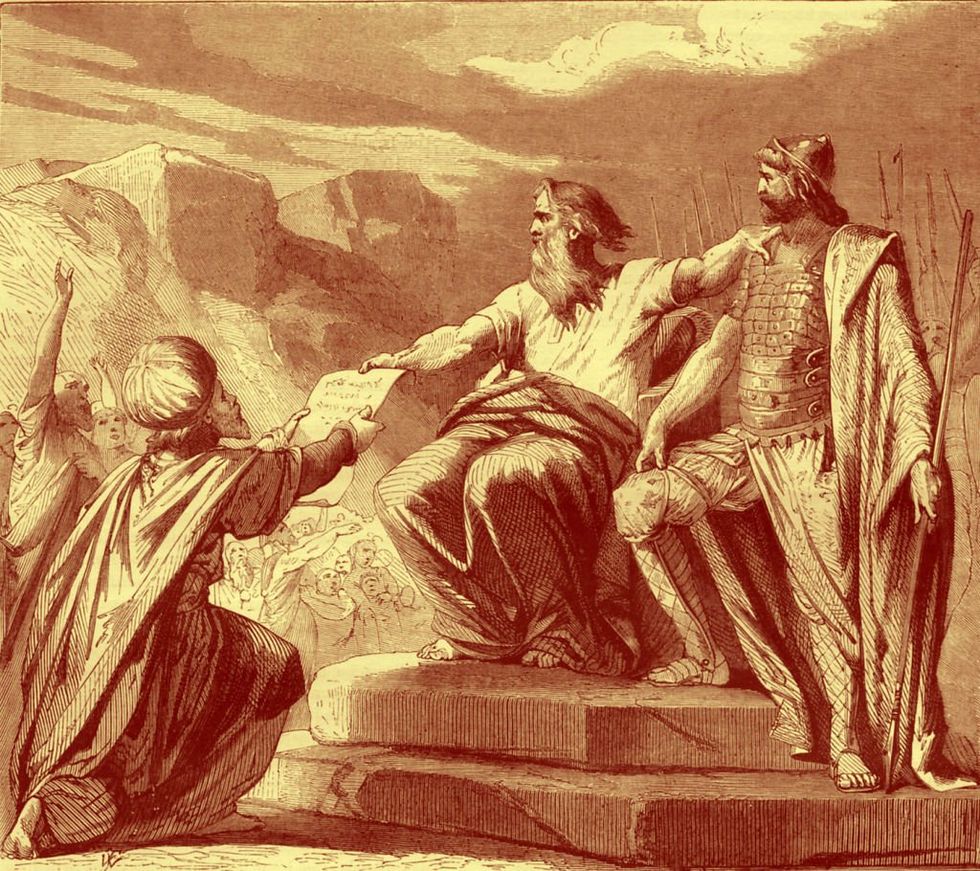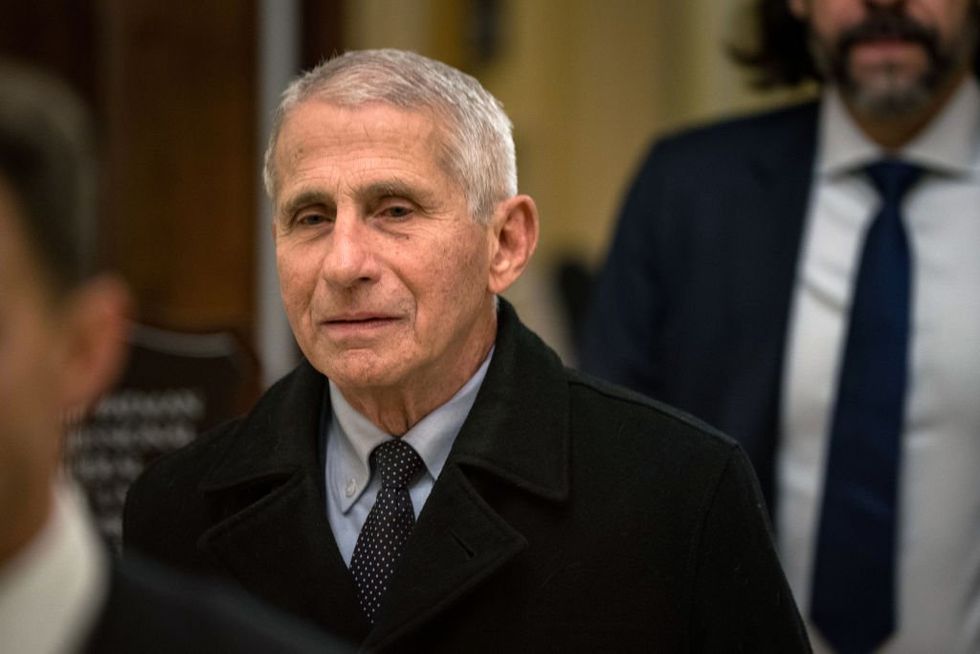National WWI Memorial opens a new front in the modernist war on beauty
WASHINGTON — The long-awaited World War I Memorial opened Friday in Pershing Park, across the street from the storied Willard Hotel and down the road from Old Ebbitt Grill, a historic restaurant where you can still see the doughboy helmet one young man accidentally left at the bar before shipping off to the European trenches. D.C. has a lot of monuments, and a number of them are beautiful. Many of the newer ones, however, are not. The Martin Luther King Jr. Monument comes to mind. Its harsh, blocky features would be far more at home in Tiananmen Square than overlooking the picturesque Tidal Basin. Then there’s Frank Gehry’s monument to Gen. Dwight D. Eisenhower, which is more like a monument to Gehry himself and which quickly and deservedly became a homeless camp. This is true civic art: A beautiful public work that lifts the viewer’s eyes upward toward the heavens and shows him what heroism and sacrifice and patriotism look like while not hiding the price our soldiers and our country paid. Sculptor Sabin Howard’s contribution, “A Soldier’s Journey,” breaks that losing streak. Simply put: It’s stunning. It begins the moment an American soldier’s young, sweet-faced daughter hands Daddy his helmet for war, and his wife, standing in for a reluctant America, tries to hold him back. The viewer is guided along as he marches to war with his comrades from many different branches and backgrounds, into the trenches, through searing gas attacks, and limping back home again. In the fray, we see bold heroism, excruciating pain, and the cross rising above the battlefield, disguised as shattered beams. Our man returns home, but you can see the war will live on in the haunted eyes of his comrade, whose eyes are turned behind him instead of home, to his family and his country. But it’s the end that will cause a grown man to choke on emotion. Back home, the soldier’s daughter takes the helmet back from her daddy, but she isn’t smiling, and there’s no sweetness in her face. She’s looking down now. She knows what her father has been through, and it’s taken her innocence in much the way the First World War robbed the West of its own self-confidence. This is true civic art: A beautiful public work that lifts the viewer’s eyes upward toward the heavens and shows him what heroism and sacrifice and patriotism look like while not hiding the price our soldiers and our country paid. It also marks a new phase in the fight to regain public beauty from the self-important “expert” class that’s given us so many ugly buildings and statues while telling us we’re just not intellectual enough to understand. Howard knows this, and he’s very open about that war. “I was raised within Western civilization and the Italian Renaissance, and that was the lineage that I was going to play forward,” he told Blaze News, "so I didn't have any confusion about making some sort of brutalist sculptural reference to the modern era [of art], because the modern era [of art], from my perspective, should be wiped off the map, just as the modernists have wiped off the previous history off the map.” Stay tuned for a deep dive on the matter in the coming week, including more of Blaze News’ hour-long interview with Howard, as well as interviews with other artists and architects on the front lines. And next time you’re in D.C., go visit “A Soldier’s Journey.” If you have the time, catch it at midday, when the sun is hitting it just right, or come back in the evening when it’s masterfully illuminated. And don’t forget to make time for a mint julep at the famous Round Robin bar next door. Or maybe even a stop at that doughboy’s haunt, the Old Ebbitt.


WASHINGTON — The long-awaited World War I Memorial opened Friday in Pershing Park, across the street from the storied Willard Hotel and down the road from Old Ebbitt Grill, a historic restaurant where you can still see the doughboy helmet one young man accidentally left at the bar before shipping off to the European trenches.
D.C. has a lot of monuments, and a number of them are beautiful. Many of the newer ones, however, are not. The Martin Luther King Jr. Monument comes to mind. Its harsh, blocky features would be far more at home in Tiananmen Square than overlooking the picturesque Tidal Basin. Then there’s Frank Gehry’s monument to Gen. Dwight D. Eisenhower, which is more like a monument to Gehry himself and which quickly and deservedly became a homeless camp.
This is true civic art: A beautiful public work that lifts the viewer’s eyes upward toward the heavens and shows him what heroism and sacrifice and patriotism look like while not hiding the price our soldiers and our country paid.
Sculptor Sabin Howard’s contribution, “A Soldier’s Journey,” breaks that losing streak. Simply put: It’s stunning. It begins the moment an American soldier’s young, sweet-faced daughter hands Daddy his helmet for war, and his wife, standing in for a reluctant America, tries to hold him back. The viewer is guided along as he marches to war with his comrades from many different branches and backgrounds, into the trenches, through searing gas attacks, and limping back home again.
In the fray, we see bold heroism, excruciating pain, and the cross rising above the battlefield, disguised as shattered beams. Our man returns home, but you can see the war will live on in the haunted eyes of his comrade, whose eyes are turned behind him instead of home, to his family and his country.
But it’s the end that will cause a grown man to choke on emotion. Back home, the soldier’s daughter takes the helmet back from her daddy, but she isn’t smiling, and there’s no sweetness in her face. She’s looking down now. She knows what her father has been through, and it’s taken her innocence in much the way the First World War robbed the West of its own self-confidence.
This is true civic art: A beautiful public work that lifts the viewer’s eyes upward toward the heavens and shows him what heroism and sacrifice and patriotism look like while not hiding the price our soldiers and our country paid.
It also marks a new phase in the fight to regain public beauty from the self-important “expert” class that’s given us so many ugly buildings and statues while telling us we’re just not intellectual enough to understand. Howard knows this, and he’s very open about that war.
“I was raised within Western civilization and the Italian Renaissance, and that was the lineage that I was going to play forward,” he told Blaze News, "so I didn't have any confusion about making some sort of brutalist sculptural reference to the modern era [of art], because the modern era [of art], from my perspective, should be wiped off the map, just as the modernists have wiped off the previous history off the map.”
Stay tuned for a deep dive on the matter in the coming week, including more of Blaze News’ hour-long interview with Howard, as well as interviews with other artists and architects on the front lines. And next time you’re in D.C., go visit “A Soldier’s Journey.” If you have the time, catch it at midday, when the sun is hitting it just right, or come back in the evening when it’s masterfully illuminated. And don’t forget to make time for a mint julep at the famous Round Robin bar next door. Or maybe even a stop at that doughboy’s haunt, the Old Ebbitt.
Originally Published at Daily Wire, World Net Daily, or The Blaze
What's Your Reaction?
































































































